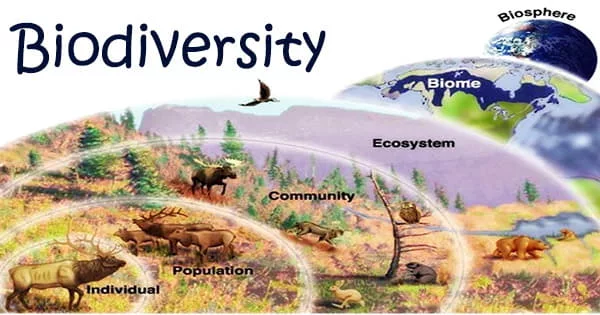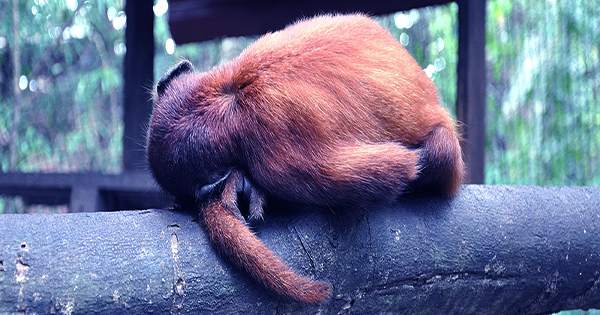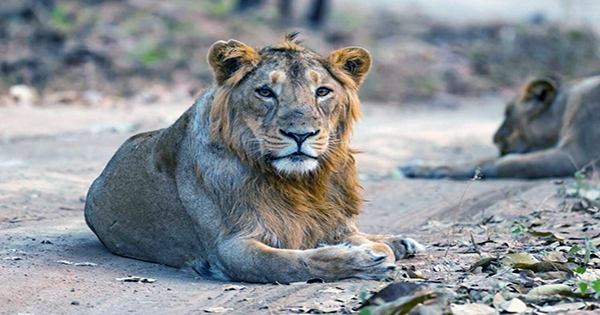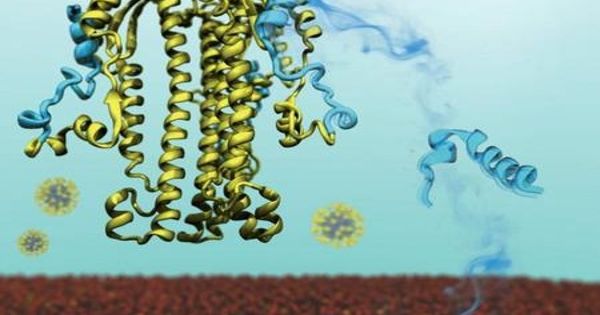The amount of biological species found in a given area is referred to as biodiversity. A region with high biodiversity supports a diverse range of species, whereas one with low biodiversity supports only a few. The causes of biodiversity variations are complicated, but they involve both natural and man-made factors.
Unique Climates and Conditions
Climate differences are one of the most significant and naturally occurring drivers of biodiversity differences around the world. Mountain summits and deserts have limited biodiversity by nature, simply because their conditions are unsuitable for many sorts of life.
Plants and animals struggle to survive in the thin atmosphere of frigid mountain peaks just as much as they do in scorching, dry deserts. As a result, there is very little biodiversity in these climates.
On the other hand, humid tropical zones such as the Amazon rainforest support some of the world’s highest levels of biodiversity. In these conditions, a wide range of plants and animals can flourish.

Pollution and Environmental Destruction
Human actions, particularly those that generate pollution, have an impact on biodiversity. Human pollution can degrade biodiversity even in the world’s most biodiverse ecosystems, such as rainforests.
This is due to the fact that pollution does not affect all species in the same way. Some species, for example, maybe more immune to the effects of a hazardous oil in a water source, while others may be nearly extinct as a result of the pollutant.
The extinction of a single species can destabilize a food web, causing organisms that rely heavily on that species for sustenance to perish. Numerous species may perish or possibly become extinct as a result of this process, resulting in a significant reduction in biodiversity.
Invasive Species
Another type of environmental issue that can drastically affect biodiversity is invasive species. While people are typically responsible for the introduction of invasive species, they can sometimes occur naturally.
When a new species is introduced to a new ecosystem, it frequently causes a disruption in food webs, which can echo throughout a region and lead to the extinction of several other species.
British colonists, for example, introduced a type of perch into Africa’s Lake Victoria in the 1950s, and the perch wiped out many other species in the lake.
Because the perch no longer ate the algae that developed in the lake, the algae population swelled and subsequently decomposed, resulting in lower oxygen levels in the lake, which made it uninhabitable for many forms of life. This is an illustration of how a single little invasive species can reduce biodiversity in a high-biodiversity area.
Overhunting or Overuse
An invading species or pollution can have the same negative impact on biodiversity as overhunting or misuse of a species. Overuse or overhunting of a single species in an environment can disrupt food chains and threaten the survival of many other species.
However, the hazard is not always caused by a disruption in the food web. The spider monkey, for example, aids the survival of the tree species Inga ingoides in the Amazon rainforest by dispersing its seeds physically and by feces.
Because the spider monkey has been driven almost to extinction, the Inga ingoides has struggled to procreate and as a result, its number has plummeted. Overhunting of a single species can thus drastically impair a region’s biodiversity.
















